Additional notes (click to expand)
Phytochemistry
Active princile: all parts: several cardenolides (purpurea glycoside, lanatoside, digitoxin, digoxin).
Wink, M. (2009). Mode of Action and toxicology of plant toxins and poisonous plants. Mitt. Julius Kuhn-Inst. 421:93-111. page 99
Toxicity
Class 1a. Extremely hazardous: cardiac glycosides inhibit Na+,K+-ATPase, typical cardiac glycoside
intoxication, vomiting, diarrhoea, gastroenteritis, severe headache, irregular heartbeat and pulse,
convulsions, CNS disturbance, cardiac arrest, sudden death.
Wink, M. (2009). Mode of Action and toxicology of plant toxins and poisonous plants. Mitt. Julius Kuhn-Inst. 421:93-111. page99
Toxic due to cardiac glycosides that may derange cardiac rhythm and gastro-intestinal upsets.
Professor Anthony Dayan, 2022
Geographical distribution
- Europe, Middle Europe, Austria
- Europe, Middle Europe, Belgium
- Europe, Middle Europe, Germany
- Europe, Middle Europe, Switzerland
- Europe, Southeastern Europe, Italy
- Europe, Southwestern Europe, Corse
- Europe, Southwestern Europe, France
- Europe, Southwestern Europe, Spain
Digitalis lutea L.
Family: PLANTAGINACEAEGenus: Digitalis
Species: lutea L.
Common names: Yellow Foxglove, Straw Foxglove
Distribution summary: W & W.C.Europe to S.Italy & N.W.Africa
Habit: Biennial
Hardiness: H5 - Hardy; cold winter
Habitat: Deciduous woods, scrub, hedgerows, calcareous woods
Garden status: Currently grown
Garden location: Plants of the World (C)
Flowering months: July
Reason for growing: Toxic


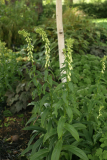

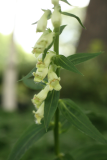
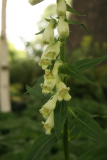
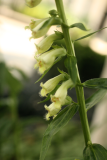
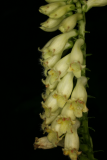


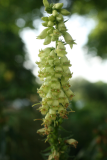

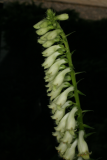
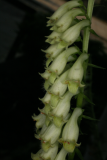

.JPG)
.JPG)